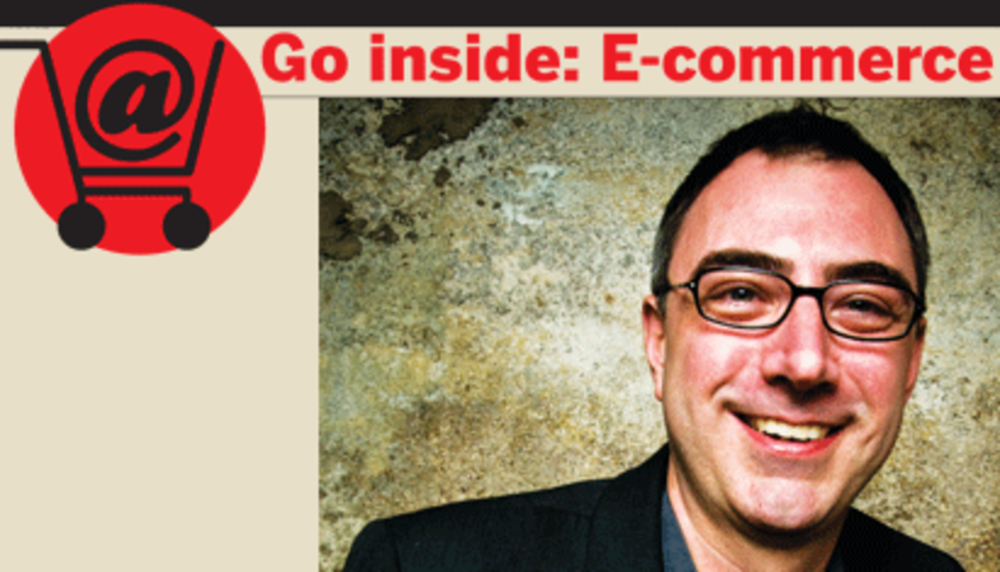Though the economy has put a squeeze on retailers, advances in technology and consumer preferences have opened doors for e-commerce to take another step forward. James Crawford, executive director of the Global Retail Executive Council, talked to DMNews about two potential expansion areas: mobile and social shopping.
Q How has the economy affected e-commerce so far, and what trends do you see as the holidays near?
A There have been some permanent changes to the way people shop. First of all, every purchase is now a considered purchase. Across all economic strata, people are far more conscious of what they’re buying. I think e-commerce has been somewhat insulated because it’s always been a considered purchase — rarely do you do an impulse buy online. There’s no question this holiday is going to take a hit because of what’s going on in the economy. Credit is much tighter, and the costs of using credit have gone up. Even for people who are a good credit risk, there are more fees and higher interest rates. I think we’re going to see smaller basket sizes. It’s probably going to be a better year for specialty retailers who have unique products that you can’t buy elsewhere. Product assortment will be key. You need to have the right mix to draw the customer in and the right things that ultimately they want to buy.
Q Where are multichannel retailers when it comes to mobile?
A We’ve reached a tipping point where there is now a critical mass of people, both worldwide and here in the US, who have a fairly powerful computing device in the palm of their hand, complete with network connectivity through their carrier. Right now, however, there is a dearth of retail applications for those devices. The applications that consumers have on their phones are not coming from the retailers themselves, and are, in many ways, competitive with retailers. We want to look at how we take the device in the customer’s hand beyond the mobile marketing paradigm of sending them e-mails and texts to create a true mobile shopping experience.
Q What are some things that are being explored to help create that experience?
A People do a lot of comparison and research online, and now we’re seeing the cell phone stepping into and enhancing that same process. Some of the most innovative applications we’ve seen are those that allow the customer to see additional information either from retailers, friends or other sources as part of the store shopping experience. The whole idea is not to say, “OK, it’s the Web, only smaller,” but rather, “What’s unique about being real-time in the store?”
Q How can retailers embrace social shopping beyond mobile?
A I think it’s all white space right now in terms of how that model ties into the e-commerce side of things. How can we translate the same kinds of collaborative content generation and communication that occur on a site like Facebook into an online shopping experience? A lot of people have played around with it, but I don’t think we’ve seen a mainstream application that has brought it to fruition.
Q What will drive these developments: developer innovation or marketers’ requests?
A I think it’s actually a bit of both. I hate to hedge it that way, but one of the things that retail has historically struggled with is an IT paradigm that’s built around creating all applications from the ground up, or customizing them to a truly insane degree. If you look at the costs for software and hardware vs. costs for implementation and customization in retail, the industry is one of the most cost-heavy. There’s been a perception that if you don’t tweak it or build it yourself, it’s just plain not good enough. That mindset flies directly in the face of the developing trends of Web 2.0, software-as-a-service and cloud computing.
Q How can this gap be rectified?
A I think there is going to be a lot of education on both sides. There are some specific requirements for applications to make them retail-ready, and when vendors come to market with solutions that are 80% of the way there, retailers aren’t going to adopt them. At the same time, retailers need to take a fresh look at the fact that it is far easier to assemble a retail experience from off-the-shelf pieces today than it is to custom-build it. They need to embrace some of the innovation that’s being brought to market. l








